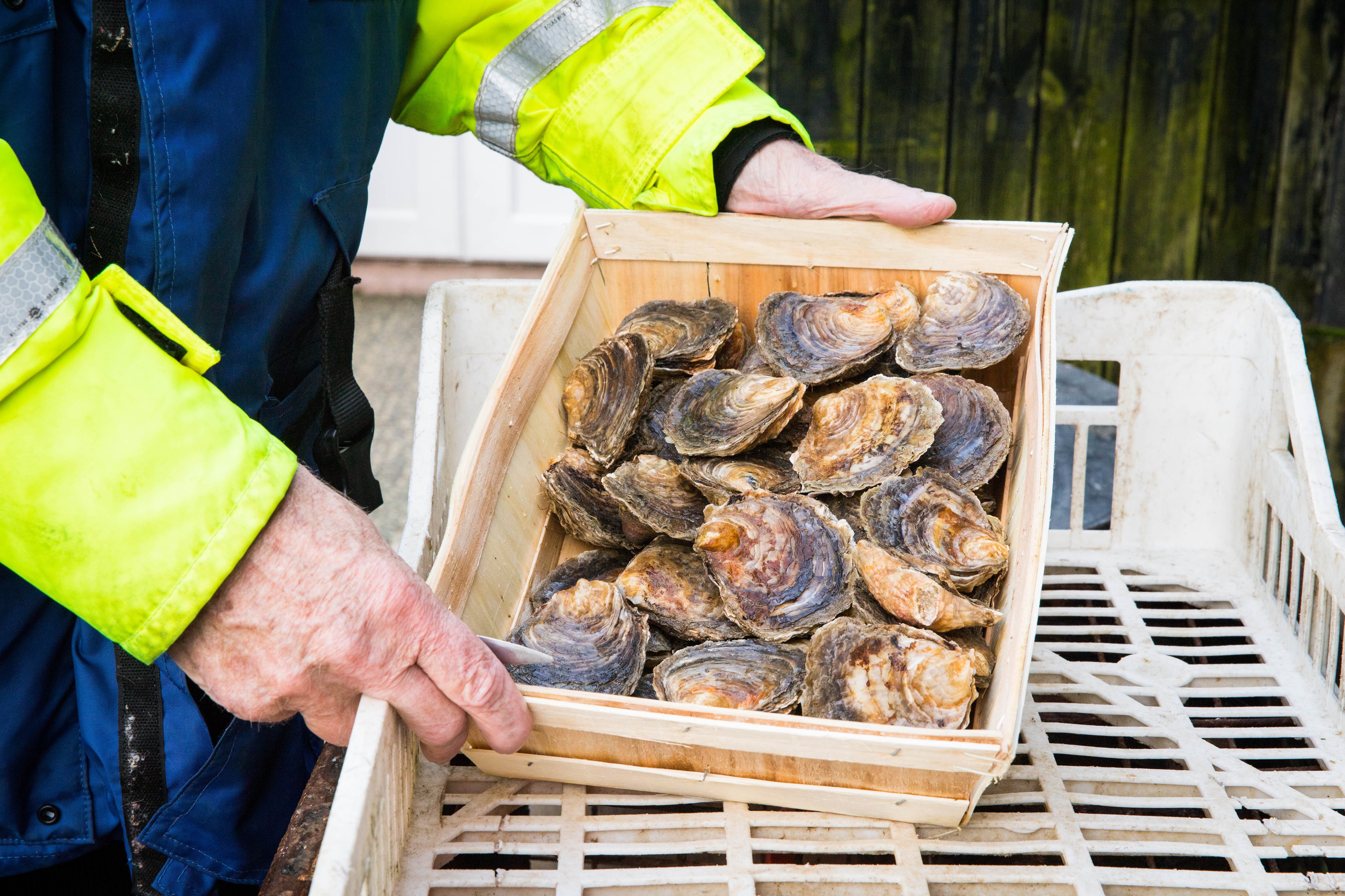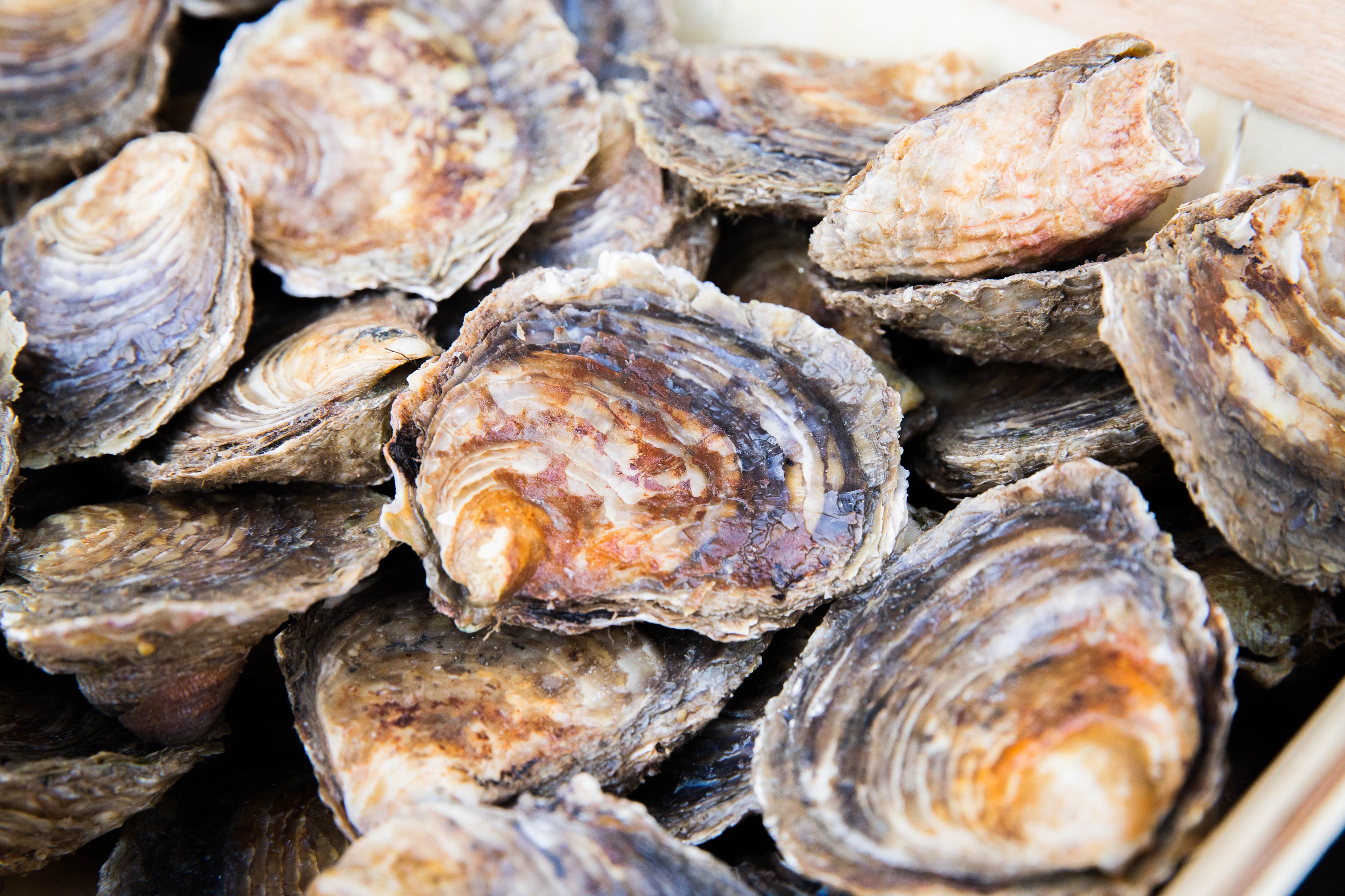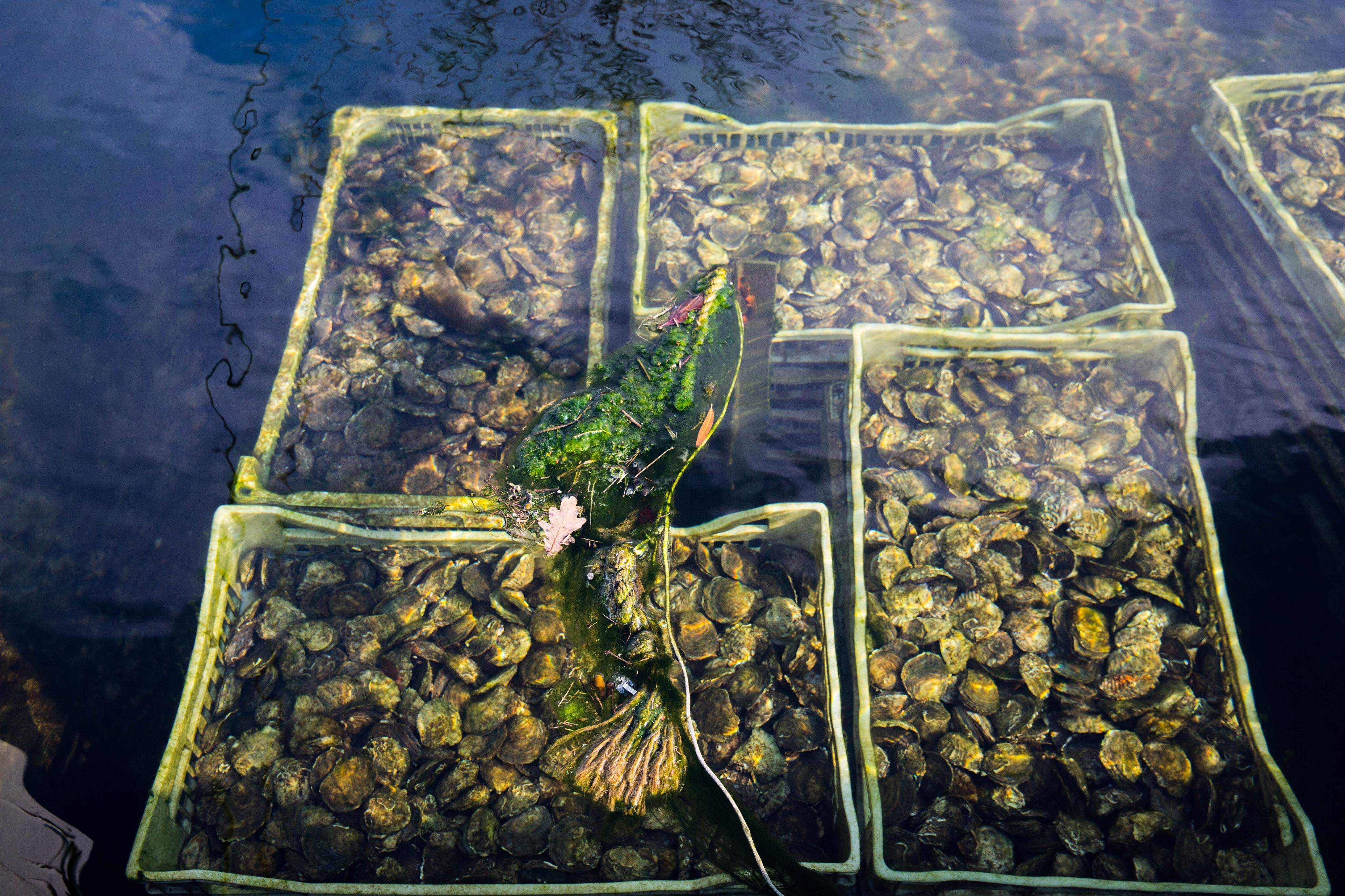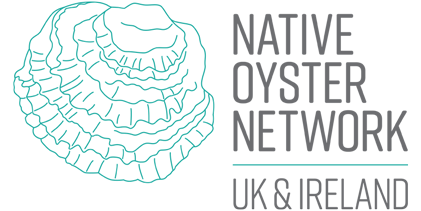
Vital work to save an Essex icon begins this month – as the ZSL-chaired Essex Native Oyster Restoration Initiative (ENORI) begins its 2019 conservation activities in the Thames estuary – creating the region’s first Mother Oyster Sanctuary.
Suffering a 95% decline in population over the last 200 years due to historic overfishing, the oysters’ recovery has been hindered by habitat loss, pollution and the introduction of diseases. Natural replenishment of their native grounds is so limited that human intervention is their only hope.
Working in the only Marine Conservation Zone (UK marine protected area) in England for native oysters, the ZSL (Zoological Society of London)-chaired ENORI– a coalition of oystermen, local communities, NGOs, universities and UK Government – have begun creating the habitat required for the Mother Oyster Sanctuary, replenishing the estuary’s lost oysters.
‘Recycled’ shells from oysters bred in Mersea and sold in Borough Market and West Mersea as well as cockleshells from the Thames cockle fleet have been used to “lay the cultch” – a colloquial term used to describe the process of laying crushed shells and stones onto the estuary floor. This step is needed, as oysters require a hard surface to grow on, which is not naturally found on the muddy estuary beds in Essex.
Once the “cultch laying” is completed, adult females or ‘mother oysters’ are laid, which when conditions are right, will spawn in the coming weeks; initiating the first stages of the native oyster’s life cycle.
Oyster farming has been recorded in Mersea since Roman times, with the shellfish forming a staple part of many Brit’s diets’ throughout history. However, populations of the European native, or Colchester oyster (Ostrea edulis) have suffered dramatic declines.
ZSL’s Senior Conservation Programme Manager for UK & Europe, Alison Debney, said: “It may not be glamorous work, but laying ‘mother oysters’ at the right time is vital to the success of the restoration programme, and therefore vital for the survival of this native British species.
“ENORI was founded in 2013 by the conservation coalition in an attempt to restore a nationally important breeding population that once supported hundreds of fishermen.
“The coalition has since moved more than 25,000 native oysters to Essex estuaries, as well as ensuring that fishing in the area is prohibited until the oyster stocks have sufficiently recovered and are able to withstand sustainable harvesting.”
Known as ‘ecosystem engineers’ because they create the conditions for other species to thrive – stabilising shorelines, filtering water and providing vital food and habitat for coastal wildlife. One adult oyster, for example, can filter more than 140 litres of water in a single day.
Dr Rebecca Korda, Senior Marine Advisor at Natural England explained: “We are thrilled to be part of this collaboration which sees an array of stakeholders coming together and showing incredible innovation and drive to work to restore the native oyster and the native oyster beds back to the Essex waters. This is a hugely exiting and important step in taking this work forward and we are delighted to continue to support and contribute to the project”.
Rachel Langley, Living Seas Co-ordinator at Essex Wildlife Trust said: “We are delighted that this exciting project is evolving into its next phase and we have no doubt that the outcome of ENORI’s pioneering restoration work will be extremely positive for the Native oyster population and subsequently the marine ecosystem in Essex.”
ENORI is a joint venture between ZSL, Essex Wildlife Trust, Blackwater Oysterman’s Association, Blue Marine Foundation, The University of Essex, The Nature Conservancy, River Roach Oyster Company, Colchester Oyster Fishery, CEFAS, Natural England, the Environment Agency, and the Kent and Essex Inshore Fisheries Authority (KEIFCA).
To find out more about ZSL’s Thames conservation projects and the Mother Thames campaign, visit www.zsl.org/MotherThames
All images © ZSL



Media Information
E: Emma.Ackerley@zsl.org, 0207 449 6288
INVITATION – Get involved in Mother Thames
Journalists are invited to attend and take part in the oyster restoration initiative as part of ZSL’s Mother Thames campaign. For more detail on these projects, please contact the ZSL Press Office at press.office@zsl.org
Native oysters
Oysters have been cultivated at West Mersea, Colchester since the Romans arrived in Britain 2000 years ago. The mollusc was considered an aphrodisiac, and so highly prized that it was exported as far afield as Rome. Opening the Oyster Fishery is Colchester’s most-time-honoured ritual: the Mayor of Colchester hosts an Oyster lunch every September to officially celebrate the opening.
ENORI
Essex Native Oyster Restoration Initiative was formed in 2013 with the aim of supporting the restoration of the native oyster in the Essex Estuaries. ENORI comprises of industry and conservation groups (the Blackwater Oysterman’s Association, Essex Wildlife Trust, The Nature Conservancy, Blue Marine Foundation and the Zoological Society of London), along with statutory bodies such as Natural England, the Environment Agency and the Essex Inshore Fisheries and Conservation Authority, the regulatory authority responsible for furthering the requirements of the MCZ and the University of Essex. The ENORI coalition aims to develop best practice in marine conservation and fisheries management, develop recovery projects and measures with the end purpose of healthy native oysters and oysterbeds.
ZSL (Zoological Society of London)
Founded in 1826, ZSL (Zoological Society of London) is an international scientific, conservation and educational charity whose mission is to promote and achieve the worldwide conservation of animals and their habitats. Our mission is realised through our ground-breaking science, our active conservation projects in more than 50 countries and our two Zoos, ZSL London Zoo and ZSL Whipsnade Zoo. For more information visit www.zsl.org


